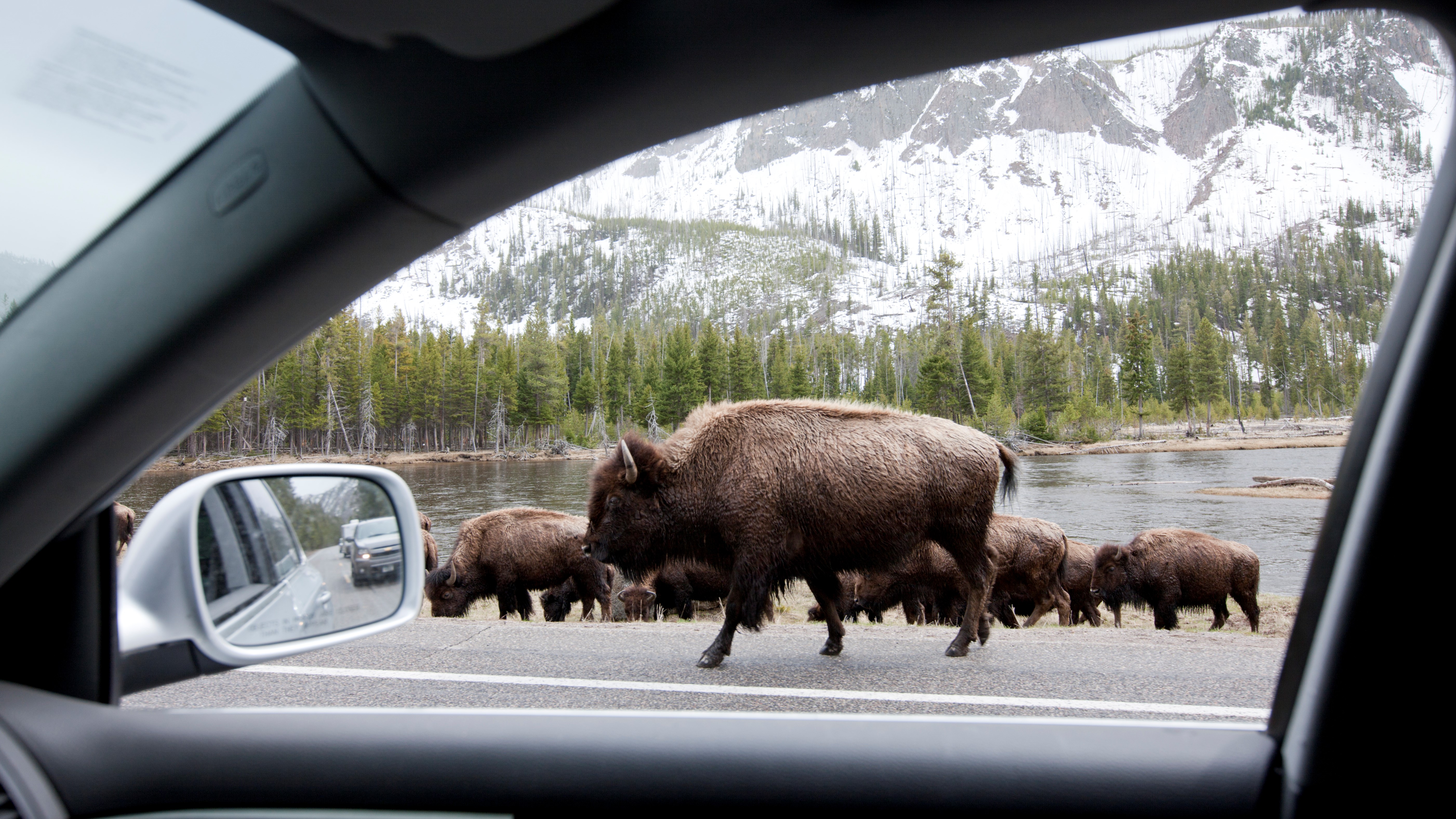
A pair of tourists visiting Yellowstone National Park ended up with an unexpected repair bill after one of the resident bison took a dislike to their car and decided to ram the passenger door for no clear reason.
The National Park Service advises visitors that all wild animals are unpredictable, and the safest place to appreciate them is from within your car, and this is exactly why. The visitors drove very slowly around the animal to avoid disturbing it, but their car still provoked its ire, leading to a dent in the bodywork.
A video of the incident, which you can watch below, was shared on Instagram account TouronsOfYellowstone, which usually focuses on highlighting examples of bad behavior at US National Parks and other sites of natural beauty, Common examples include people petting bison, getting much too close to take a photograph, or taunting elk.
A post shared by TouronsOfYellowstone (@touronsofyellowstone)
A photo posted by on
As the US Department of the Interior explains, you can tell a bison's mood by the position of its tail. A tail that's down generally means that it's relaxed, while an animal with its tail raised like the one in the video above is liable to charge.
"No matter what a bison’s tail is doing, remember that they are unpredictable and can charge at any moment," says the DOI. "Every year, there are regrettable accidents caused by people getting too close to these massive animals. It’s great to love the bison but love them from a distance."
The National Park Service warns that bison have injured more people than any other animals at Yellowstone, and advises staying at least 25 yards (23 meters) away at all times. If you're not sure what that looks like, close one eye, hold out for arm, and give the bison a thumbs up. You should be able to obscure the whole animal behind your thumb. If you can't, it's time to back up.
It's also important never to feed wildlife – even small animals. If animals become accustomed to being fed, they will be less likely to seek out their natural diet, which can be bad for their digestion. They are also more likely to approach humans, which increases the chances of injuries, and in some cases may result in the animal being euthanized (as is the case with bears).
All the latest inspiration, tips and guides to help you plan your next Advnture!
For more advice, see our guide how to avoid being gored by a bison, and our roundup of the best binoculars for appreciating wildlife from a safe distance.

Cat is the editor of Advnture, She’s been a journalist for 15 years, and was fitness and wellbeing editor on TechRadar before joining the Advnture team in 2022. She’s a UK Athletics qualified run leader, and in her spare time enjoys nothing more than lacing up her shoes and hitting the roads and trails (the muddier, the better), usually wearing at least two sports watches.
